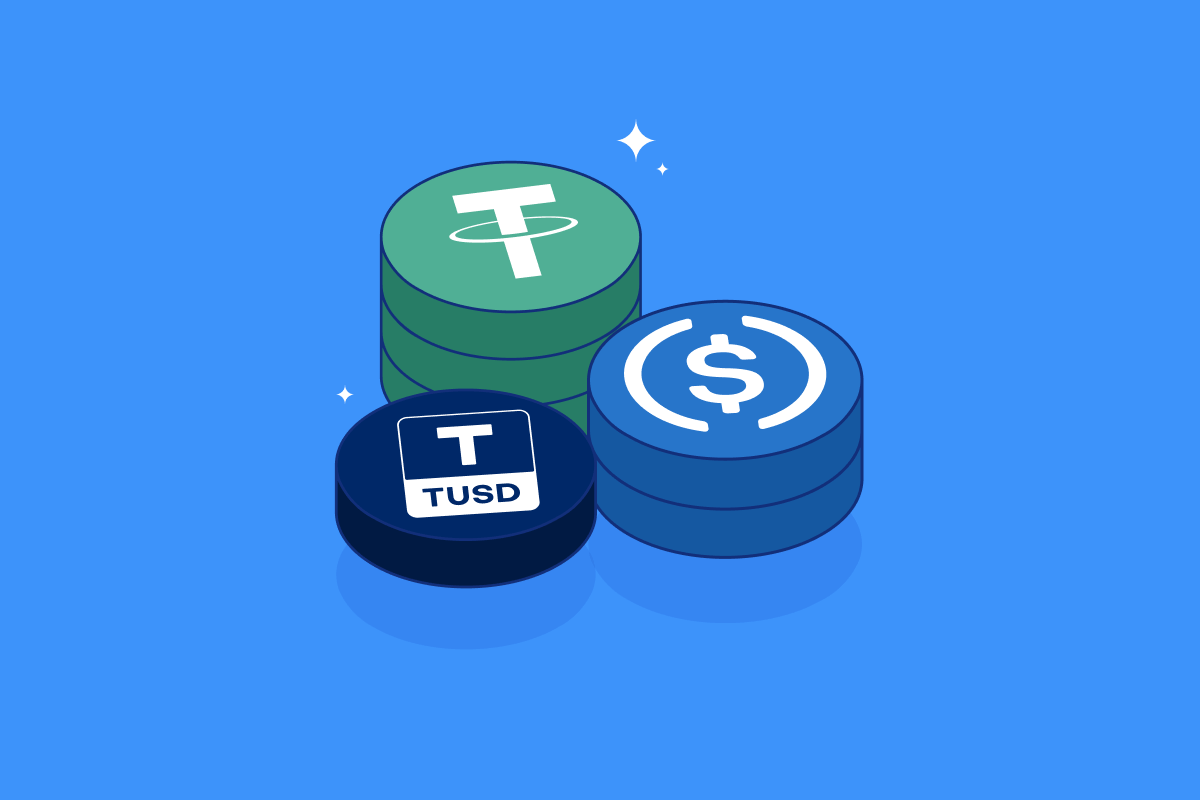Tokenomics
What is Tokenomics?
Tokenomics is a critical concept in the cryptocurrency and blockchain industry, encapsulating the economic principles behind the creation, distribution, and governance of digital tokens. The term is a portmanteau of “token” and “economics,” and it emphasizes the interplay of economic incentives, resource allocation, and market dynamics within a decentralized ecosystem. Tokenomics plays a crucial role in the viability, utility, and sustainability of a cryptocurrency project.
Key Components of Tokenomics
Understanding tokenomics requires analyzing several essential components that determine a token’s value and functionality:
- Token Supply: The total quantity of tokens that will ever be created. This can be fixed or variable, influencing scarcity and value.
- Distribution Mechanism: The methods through which tokens are allocated to stakeholders, including Initial Coin Offerings (ICOs), airdrops, mining rewards, and more.
- Utility: The practical use cases of a token within its ecosystem. Utility tokens often grant access to services or products on a platform.
- Incentives: Economic incentives that encourage user participation, like staking rewards, governance rights, and transaction fee discounts.
- Governance Model: Systems defining how decisions are made regarding token changes, protocol upgrades, and funding proposals, often through decentralized voting mechanisms.
- Burn Mechanisms: Processes through which tokens are permanently removed from circulation, designed to decrease supply and potentially increase value.
Types of Tokens
Tokens can be categorized into various types, each serving distinct purposes within their ecosystems:
- Utility Tokens: Tokens that provide users with access to a product or service. They are vital for operational functions in the platform.
- Security Tokens: Tokens that represent ownership in an asset or enterprise, often tied to equity or dividends, regulated by financial authorities.
- Stablecoins: Cryptocurrencies pegged to stable assets like fiat currency or commodities to reduce volatility, facilitating transactions.
- Governance Tokens: Tokens that give holders voting rights on protocol developments or changes, enabling decentralized governance.
Importance of Tokenomics
The design and implementation of effective tokenomics are crucial for several reasons:
- Market Dynamics: A well-structured tokenomics model influences market behavior, demand, and supply, ultimately affecting the token’s price stability.
- User Engagement: Creating incentives through tokenomics encourages users to engage actively with the ecosystem, promoting growth and longevity.
- Investment Potential: Investors assess the tokenomics of a project to gauge its long-term viability and potential return, impacting funding opportunities.
- Decentralization: A sound governance and economic model can facilitate decentralized control, aligning interests of diverse stakeholders.
Challenges in Tokenomics
While tokenomics is essential for project success, there are inherent challenges:
- Speculation: Many tokens suffer from speculative trading, which can lead to volatility and mispricing, obscuring true value.
- Regulatory Scrutiny: As token regulations evolve, projects may face legal challenges affecting tokenomics frameworks.
- Security: Poorly designed tokenomics can lead to vulnerabilities, such as exploitation by malicious actors, undermining trust.
- Market Saturation: With the proliferation of tokens, distinguishing between legitimate projects and scams becomes increasingly challenging for investors.
Evaluating Tokenomics
Investors and stakeholders can evaluate tokenomics by considering several indicators:
- Whitepaper Analysis: A project’s whitepaper should detail its tokenomics strategy, including supply mechanisms, utilities, and incentives.
- Community Engagement: An active community signals a project’s potential longevity and health, influenced by effective tokenomics.
- Partnerships and Integrations: Collaborations with established players enhance a token’s utility and acceptance, positively impacting tokenomics.
- Market Performance: Historical price movements and trading volumes can provide insights into the effectiveness of a token’s economic model.
Conclusion
Tokenomics serves as a foundational element in the cryptocurrency landscape, influencing the design, adoption, and sustainability of digital tokens. By understanding the various components, types, and implications of tokenomics, stakeholders can navigate the complex world of cryptocurrencies more effectively. As the industry continues to evolve, the importance of robust tokenomics will only intensify, shaping the future of decentralized finance and digital assets.


















